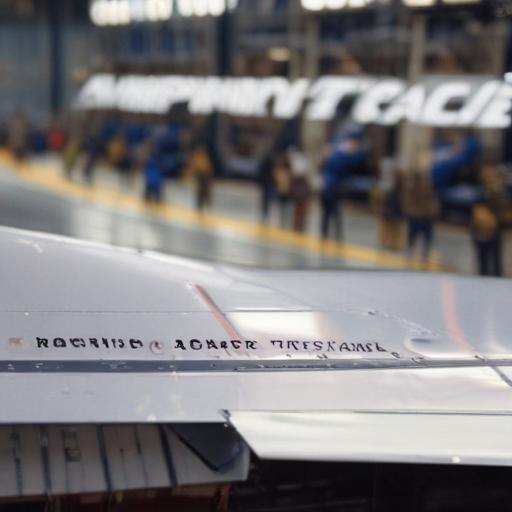Thousands of machinists at Boeing’s defense facility near St. Louis have embarked on a strike, the first such action in over two decades, as labor tensions rise within the aerospace giant. Approximately 3,200 machinists from Missouri and Illinois, responsible for building fighter jets and munitions, rejected Boeing’s latest contract offer on Sunday.
This strike poses a significant challenge for Boeing’s CEO, Kelly Ortberg, who is striving to revive the company amidst ongoing financial struggles, production delays, and safety concerns. Dan Gillian, a Boeing vice president, reassured stakeholders by stating that the company is equipped with a contingency plan to maintain operations with its non-striking workforce.
In contrast to last year’s substantial strike by a Seattle union that affected 33,000 workers and halted production of key commercial aircraft for nearly two months, this current strike is relatively smaller in scale. The Seattle union ultimately ended their strike in November, achieving notable improvements in wages and benefits.
The striking machinists are members of the International Association of Machinists and Aerospace Workers District 837, which is notable for their historical ties as they last participated in a strike in 1996 under McDonnell Douglas before its merger with Boeing. Sam Cicinelli, a union representative, emphasized the critical role these workers play in national defense, calling for a contract that provides family security and honors their skills.
Last month, Ortberg downplayed the potential impacts of the strike on the company, suggesting that it is significantly less impactful than the previous year’s labor disruptions. The latest contract proposal from Boeing offered a 20 percent wage increase along with a $5,000 bonus, factors that were insufficient to meet union expectations.
Notably, Boeing has displayed some signs of recovery in recent months, including reduced financial losses and securing a major contract with Qatar Airways for 210 aircraft. Despite facing an ongoing legacy of challenges tracing back to the 737 Max crises and subsequent regulatory scrutiny, the company appears to be stabilizing post-pandemic.
The current labor situation at Boeing highlights the balance between employee compensation and corporate recovery efforts, pointing to a larger narrative of labor relations within the aviation industry as it continues to navigate a turbulent economic landscape. The outcome of this strike may set important precedents for labor negotiations going forward.
